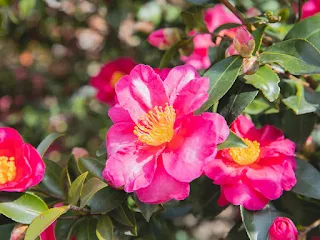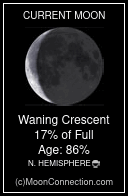Take a trip back to the 1970s with Rhetty for History, where he digs up some of the most memorable Halloween TV specials you might remember from your childhood. There's something magical about settling in with classic Halloween television specials from the 1970s. These specials blend humor, nostalgia, and the feelings of Halloweens past, showcasing characters like the Addams Family, Casper, and the Grinch in unique seasonal stories that capture the playful spirit of Halloween.
And the best part? You can still catch many of them online, perfect for a nostalgic Halloween night or to share with others. Whether you used to watch these during your childhood or you discovering these specials for the first time, prepare for a nostalgic journey through some the most beloved Halloween programming of the 70s.
Some of the Halloween specials mentioned in the video:
Halloween with the New Addams Family (1977)
The original Addams Family cast reunites for a special filled with their signature dark humor and quirky family antics as they face a group of crooks scheming to steal their fortune. This one-off special captures the spooky charm fans adore. Watch here: YouTube | Internet Archive
Witch's Night Out (1978)
Two kids enlist a bumbling but well-meaning witch to help them create the spookiest costumes, sparking a series of magical mishaps and a whimsical Halloween adventure. Available to watch here: Internet Archive
Once Upon a Midnight Scary (1979)
Hosted by Vincent Price, this hour-long special features three eerie stories filled with mystery and suspense, perfect for Halloween thrills.
Mad Mad Monsters (1972)
An animated classic where Frankenstein, Dracula, the Werewolf, and other monsters gather for a chaotic wedding celebration full of madcap antics.
Paul Lynde Halloween Special (1976)
A lively Halloween variety show including guest stars like Margaret Hamilton and the band KISS, mixing comedy sketches and musical performances.
The Halloween That Almost Wasn't (1979)
Dracula fights to keep Halloween alive against a witch who wants to get rid of the holiday, resulting in a spirited and funny battle between iconic supernatural characters.
Fat Albert Halloween Special (1977)
Fat Albert and friends decide to skip treats for some mischief, but end up getting a spooky surprise from a mysterious neighbor.
Halloween Is Grinch Night (1977)
The Grinch unleashes Halloween havoc on Whoville during a spooky Grinch Night.
The Flintstones Meet Rockula and Frankenstone (1979)
The Flintstones encounter classic Halloween monsters in a Stone Age adventure.
Casper Saves Halloween (1979)
Casper the Friendly Ghost tries to fit in by dressing as a boy but soon has to save Halloween from ghostly troublemakers.
Halloween Hall of Fame (1977)
Jonathan Winters plays a security guard who encounters a talking jack-o'-lantern at Disney Studios that shows a series of classic Halloween cartoons.
Halloween Safety (1977)
An 11-minute educational film teaching important Halloween safety tips for kids while trick-or-treating.
The Pumpkin Who Couldn't Smile (1979)
An animated tale in which Raggedy Ann and Raggedy Andy set out to find a smiling pumpkin to cheer up a lonely boy.
What makes these Halloween specials timeless? They represent a unique moment in television history when networks invested in quality seasonal programming designed to bring families together. Back when antenna tv was still the main way to watch television, these events created shared cultural experiences that entire generations remember.
If you’re looking to dive deeper into Halloween nostalgia, check out some classic Halloween specials on physical media or streaming. Cozy up and enjoy a bit of nostalgia that’s sure to bring back great memories or start some new ones.














.jpg)
.jpg)




